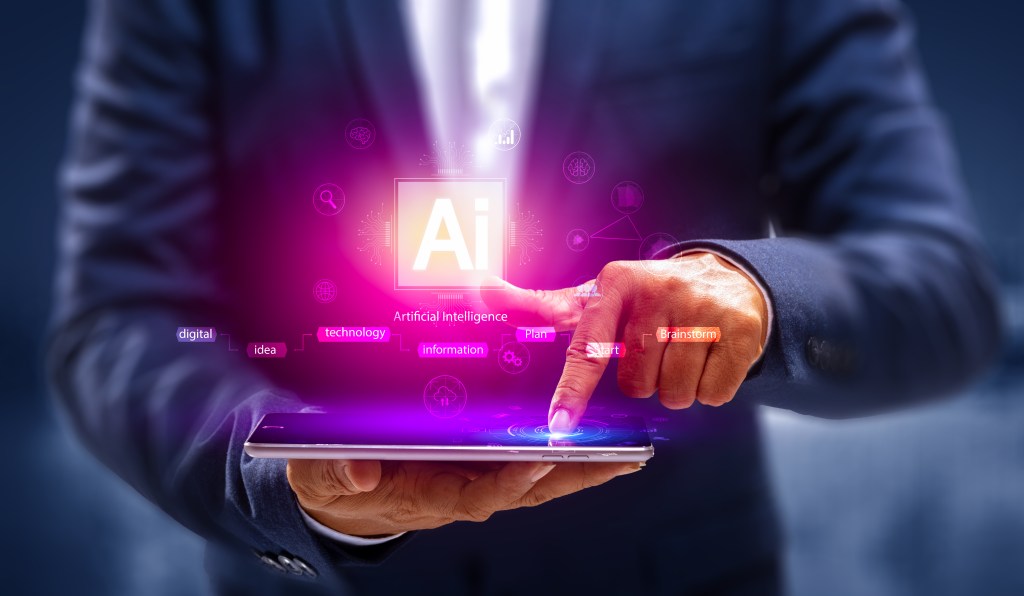The emergence of generative artificial intelligence (AI) offers Australia an exciting opportunity to rise to the next level as an advanced manufacturing powerhouse – but will the country fall behind?

Detailed modelling published in a new report by Microsoft and the Tech Council of Australia, found that generative AI could contribute as much as $5 billion annually to Australian manufacturing by 2030. The question is whether the sector will seize this opportunity or fall behind other industries and, ultimately, the rest of the world.
A step-change from previous evolutions of AI, generative AI uses patterns in data to create new content such as text, code, voice, images and designs. While this simple idea stands to transform many areas of the economy, our analysis finds the dividend for manufacturing to be twofold.
Firstly, generative AI will allow Australian manufacturers to drive significantly better productivity and service delivery, which will essentially improve how their businesses run.
One of the best ways to consider the technology is as a ‘copilot’ that streamlines many repetitive, administrative tasks. The potential is especially compelling in areas such as content creation and customer service, which were traditionally performed with limited computing support.
With the aid of generative AI, products and prototypes can be designed faster. Software development speeds up. Market testing and customer feedback, previously strewn over a large number of surveys and social media posts, can be automatically digested and synthesised. Contact centre support can be transformed through the use of chatbots. The possibilities are endless, from improved supply chain management to inventory support.
Based on our analysis, generative AI tools reduce time spent on coding by 56 per cent and on writing by 37 per cent, while improving output quality.
Productivity improvements such as these will transform how employees spend their time. For example, our analysis finds generative AI will automate approximately 30 per cent, and support a further 19 per cent, of work done by a manager in a manufacturing firm. In addition, generative AI stands to be a valuable educational tool, providing manufacturing workers with personalised training content as they learn and upskill on the job.
“It’s time for businesses to get ready and for workers to upskill – as AI ‘copilots’ with human capability to create an ingenious future.”
Lee Hickin, Chief Technology Officer ANZ at Microsoft.
The second economic benefit of generative AI is to help manufacturers create the next generation of products and services that have not yet been imagined. From voice-based virtual assistants to interactive, wearable health devices, new innovation has the potential to drive economic growth and enhance Australia’s competitiveness on the world stage.
Australia’s comparative advantages are great as this revolution begins. They include a large, highly-skilled tech workforce, strong investment in digital infrastructure and a high level of cloud adoption. Despite this, only 20 per cent of Australian manufacturers currently use AI at all, illustrating the barriers in trust, security and accessibility that remain.
There is a golden opportunity here to unlock a new era of Australian productivity and innovation. One where our success as a manufacturing nation is measured in smart factories, rather than traditional conveyor belts and assembly lines.
It’s time for businesses to get ready and for workers to upskill – as AI ‘copilots’ with human capability to create an ingenious future.
Lee Hickin is the Chief Technology Officer ANZ at Microsoft.


